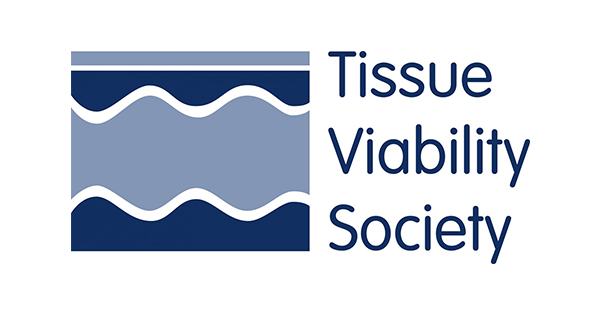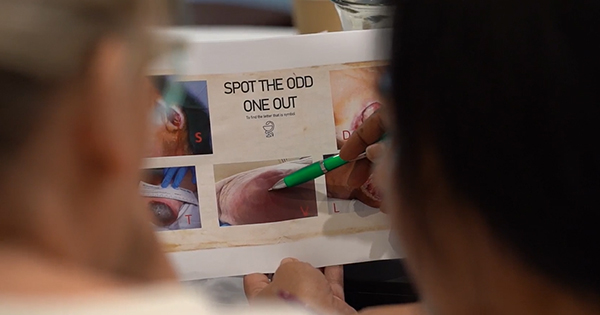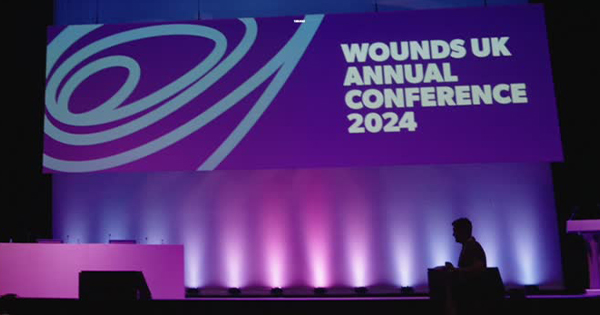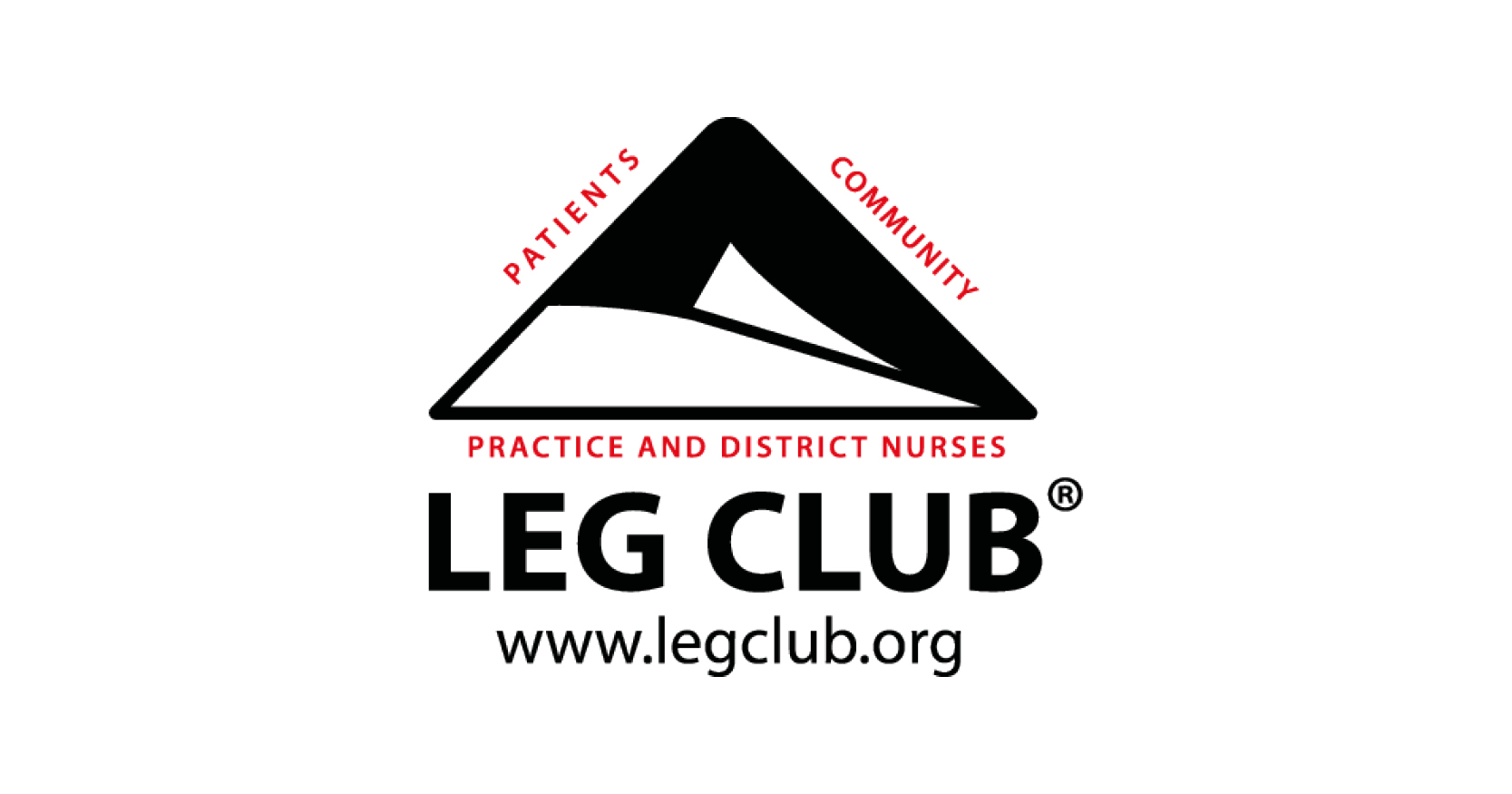In November 2024 I was privileged to take up the role of Chairperson of the National Association of Tissue Viability Nurses (NATVNS), following in the footsteps of many eminent Scottish tissue viability nurses.
Background
In Scotland, there were very few tissue viability nurse specialists in post in 1994 and they came together to form the NATVNS.
Thirty-one years later, the NATVNS is thriving and growing with 90 members representing each of the 14 Scottish Health Boards, the Care Inspectorate, care homes, private sector, academia and independent practitioners, all with one common denominator – tissue viability.
NATVNS membership
Membership is free and eligibility of a proposed new member is discussed and approved by the committee based on the following criteria:
- Tissue viability nurses, specialists and consultants whose responsibility is to provide tissue viability services.
- Lecturers or other professionals who can demonstrate advanced knowledge in tissue viability or have specific responsibility for education or research activities related to tissue viability.
- At the discretion of the committee, other individuals may be approached to become an invited member, if they can offer advanced knowledge in a specific area that supports the aims of the association. Eligibility of the invited member will be reviewed annually.
All new members of the NATVNS are allocated a mentor to support them through their journey of completing the online Tissue Viability Competency Framework (Ousey and Atkin, 2022). The completion of a competency framework became mandatory in Scotland in 2014, after the Vale of Leven enquiry (2014).
There is an expectation that members will join and participate in sub-groups and provide feedback at the meetings and collaborate in the updating of any documents relevant to the NATVNS.
Members are also required to attend 50% of meetings in a NATVNS year (May to May). Members with attendance below 50% may be asked to resign from the NATVNS at the discretion of the committee.
Having such a diverse membership and wealth of knowledge and expertise allows the NATVNS to deliver the aim of the association.
NATVNS Aim
The aim of the NATVNS is to raise the profile of tissue viability in Scotland by collaborative working among members; and holistic research-based practice in tissue viability. This will facilitate excellence in care for patients in health, social care, private sector, third sector and in partnership with relevant stakeholders by:
- Promoting specialist services with qualified practitioners, who will provide safe, efficient, effective patient-centred care.
- Collaborative working with other groups and organisations locally nationally and internationally, including the European Wound Management Association.
- Sharing and enhancing knowledge and experience for the wider clinical community.
- Participate in National Procurement Commodity Advisory Panels for the national purchasing of any wound management products, dressings and equipment that may impact on tissue viability.
- Work in partnership with Healthcare Improvement Scotland on any tissue viability-related initiatives
- Develop national tissue viability-related guidance and pathways to enhance evidence-based care for the wider clinical community
NATVNS committee
The NATVNS is supported by a committee that upholds the constitution, oversees the running of the NATVNS and organises the four main meetings each year. Two of the meetings are in person and the other two are virtual.
Every two years the committee organise an in-person education event for the NATVNS members. Guest speakers are invited to present on topics suggested by the NATVNS members to facilitate their personal development.
The current committee has grown from four members to 10 in the last 2 months. This has enabled new developments, enhanced communication with members and shared the committee workload more widely.
The committee compiles a monthly newsletter and circulates it to all members. This newsletter includes good news stories, celebrating members’ achievements, sharing ideas and highlighting forthcoming events which may be of interest to the members.
Guideline development
The NATVNS members are currently developing a suite of 13 tissue viability resources to be hosted on Healthcare Improvement Scotland’s Right Decision Service Platform. The Right Decision Service is the national decision support service for Scotland’s health and social care. Its mission is to provide a ‘Once for Scotland’ source of digital tools that enable health and care staff and citizens to make safe decisions quickly on the go, based on validated evidence. (Healthcare Improvement Scotland, 2025)
The documents to be hosted within the Right Decision Service include:
- Haematoma management.
- Malignant wound management.
- Moisture lesion and excoriation.
- Patient information for the prevention of pressure damage.
- Pressure ulcer grading tool.
- Recognising and managing wound infection, incorporating the Scottish Ropper Ladder for infected wounds.
- Skin inspection and repositioning chart.
- Skin tear guidance.
- SSKIN(S) bundle.
- Wound and skin care of lower limb with cellulits.
- Wound assessment chart.
- Wound cleansing.
- Wound management guideline.
Partnering with Health Care Improvement Scotland
The NATVNS has a close working relationship with Healthcare Improvement Scotland and has developed standards, driver diagram and educational resources in an attempt to standardise the way harm arising from pressure damage is prevented, assessed, investigated and reported, no matter in which setting a person in Scotland is being cared for.
Working alongside Scottish procurement via advisory panels
NATVNS members work closely with National Procurement primarily through an advisory panel process. Through this detailed and joint working arrangement, we take quality as well as the total cost into account to make sure goods and services:
- Are best value (quality, cost, service, delivery and broader societal benefits).
- Are fit for purpose.
- Meet current and future needs of patients.
- NATVNS members are involved in the following advisory panels:
- Advanced wound management products.
- Beds.
- Compression bandaging and hosiery.
- Cushions.
- Dressings.
- Foot protection.
- Mattresses.
- Negative pressure wound therapy.
- Patient furniture.
- Faecal management systems.
Scottish wound healing strategy
The NATVNS is in the process of undertaking a scoping exercise supported by the Chief Nursing Officer for Scotland and the Scottish Executive Nurse Directors to assess, plan and improve wound care management in Scotland for non-healing wounds. This work will be completed by June 2025 with the intention of publishing the findings. The initial scoping assessment stage will include:
- Breakdown of wound by board.
- Breakdown of wound by type.
- Current dressing costs.
- Length in days/month/years of healing time.
- Nursing time spent on treating chronic wounds.
This initial scoping exercise will provide the detail required to establish a strategic Scottish wound healing strategy:
- Shape wound care services across Scotland in such a way as to utilise finite resources efficiently.
- Produce a national standardised, evidence-based approach to heal chronic wound conditions, e.g. leg ulcer pathway.
- Meet expectations of people we care for who are living with woundsand be inclusive of marginalised groups.
Working in partnership with industry
The NATVNS in-person meetings and bi-annual education events are sponsored by industry. Industry host the event using facilities that meet individual boards’ codes of conduct and in line with industry compliance regulations. NATVNS members are required to complete a declaration of interest form after attending these meetings.
Conclusion
In my next 2 years, I am looking forward to continuing the good work of the NATVNS, taking on new projects and showcasing the work of NATVNS members.







